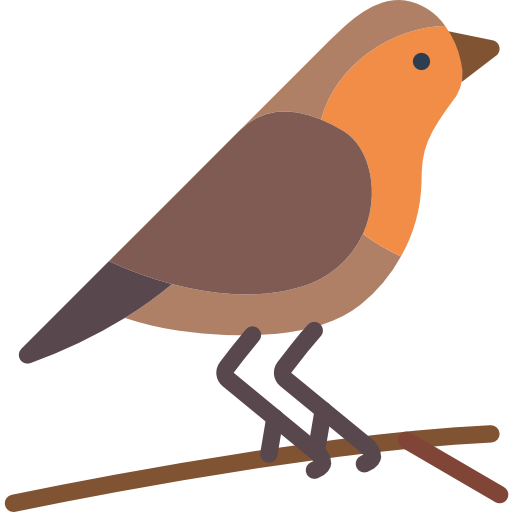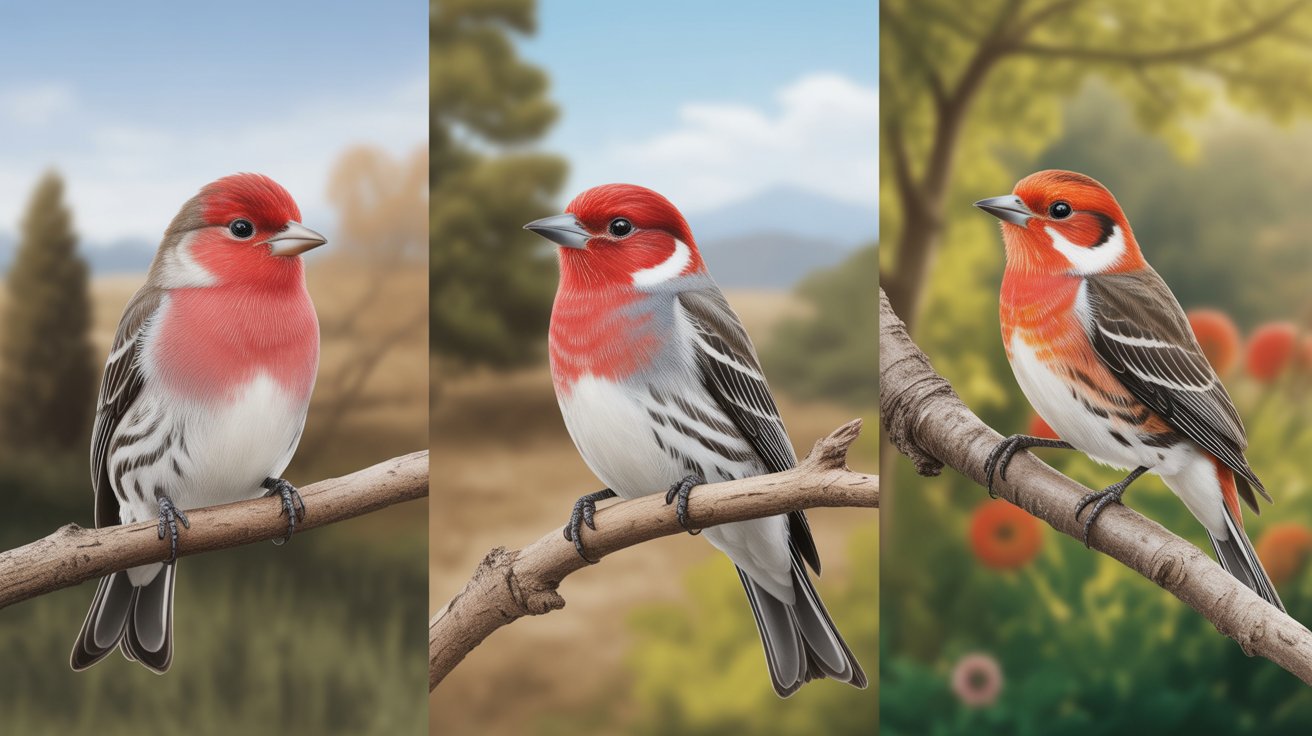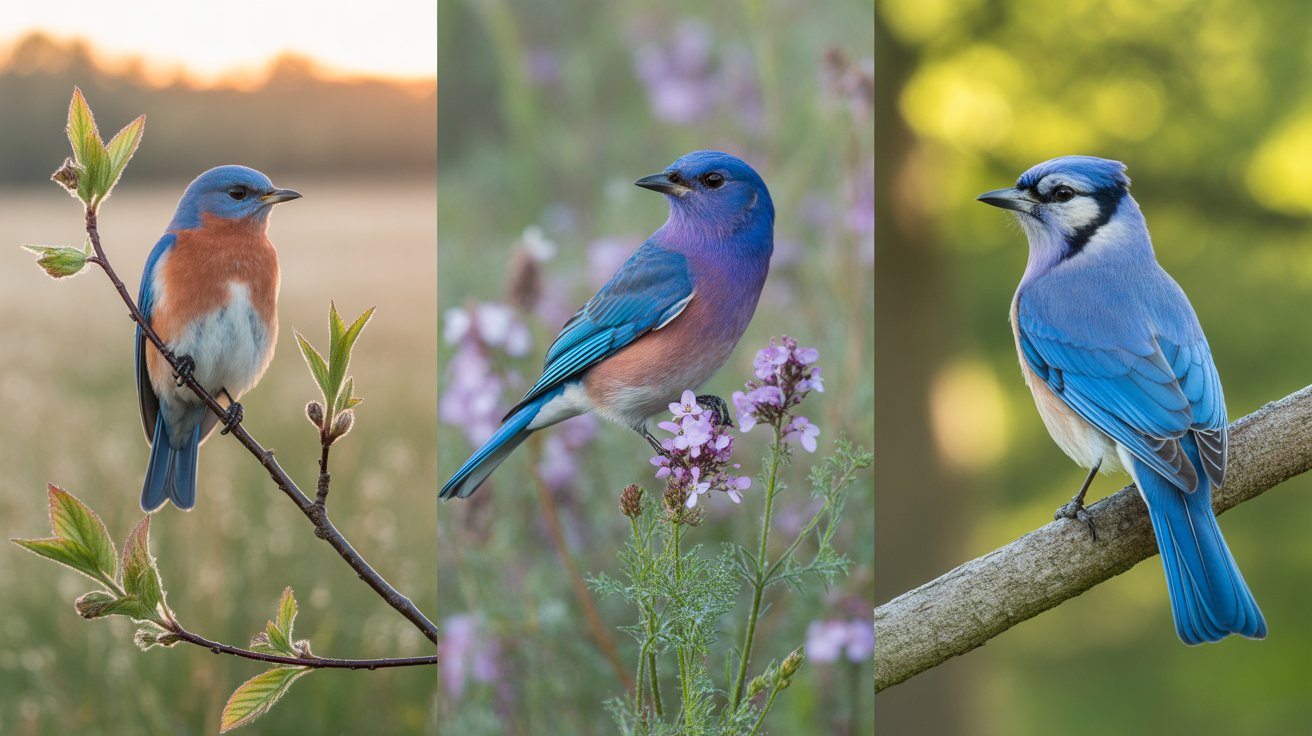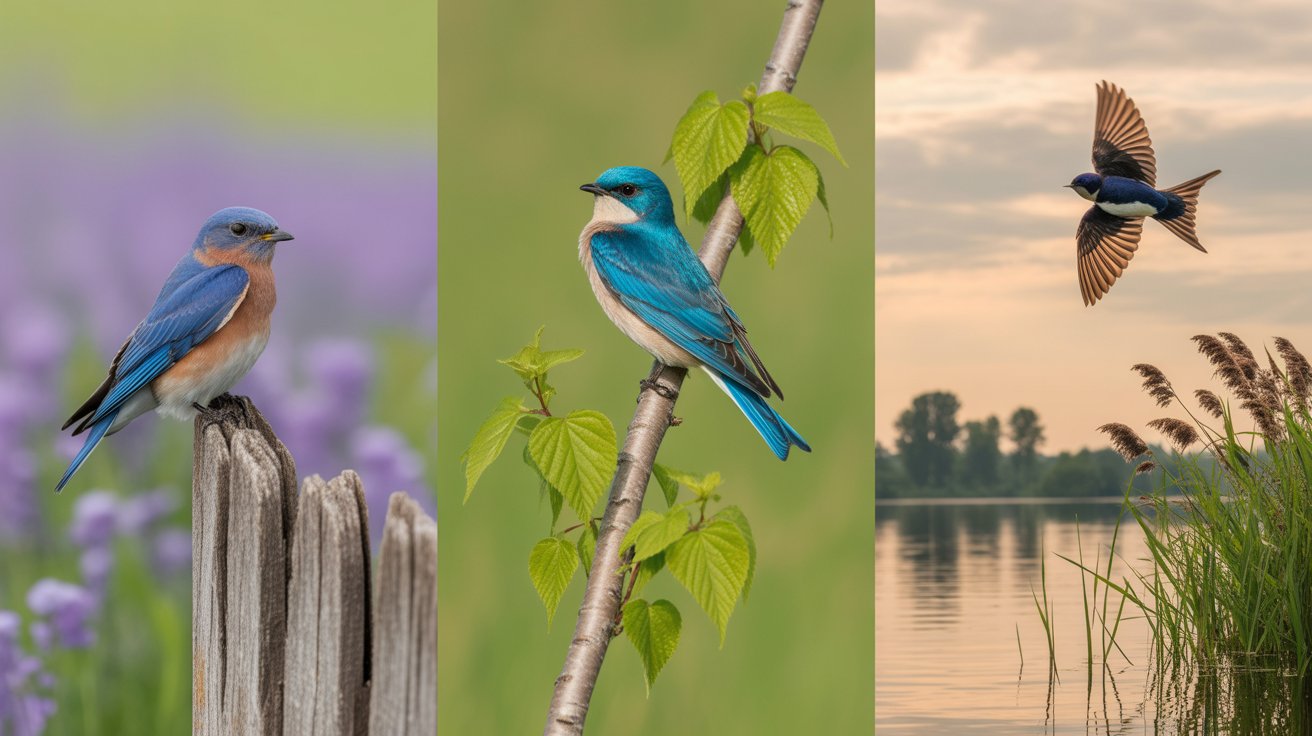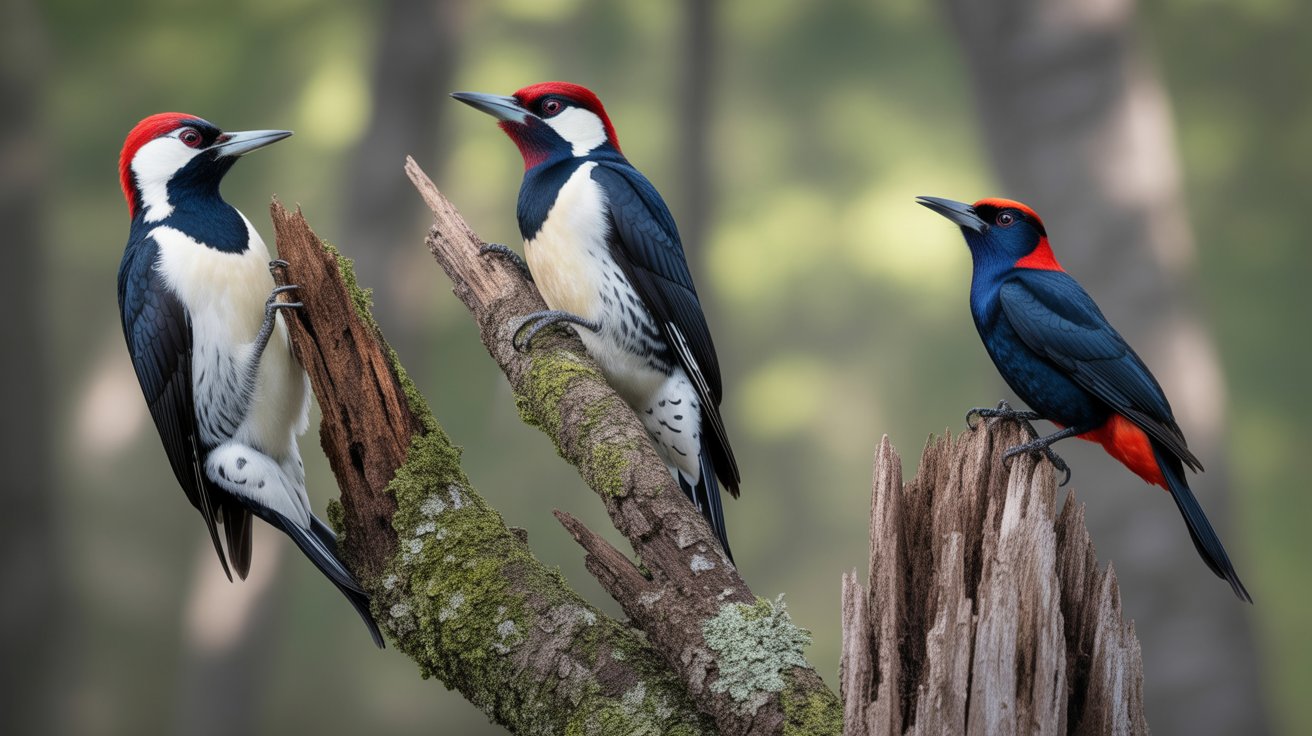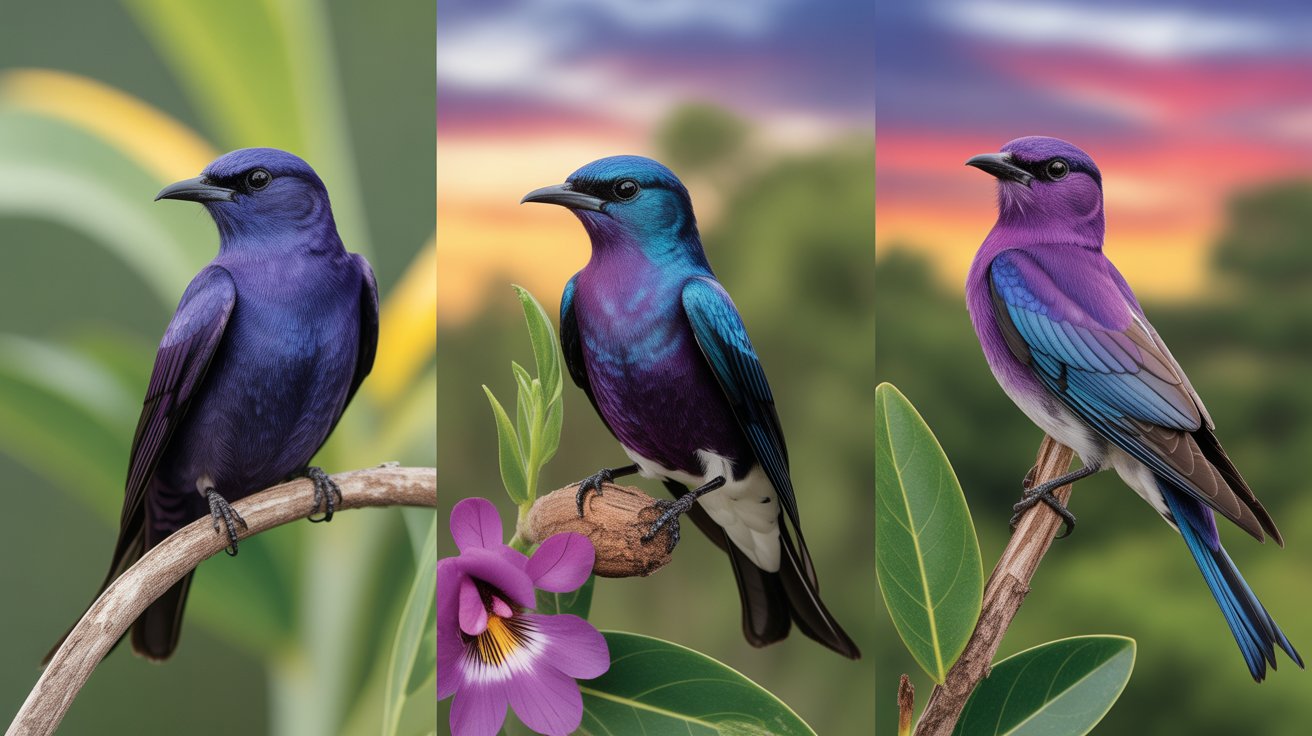If you live in Arkansas or plan on visiting, you’re in for a real treat when it comes to birdwatching. The Natural State is home to a wide variety of habitats—from the Ozark and Ouachita Mountains to the Mississippi Delta and open farmlands—making it a paradise for bird lovers. Whether you’re a backyard birder, a casual hiker, or a dedicated ornithologist, you’ll find plenty of species to admire here.
Arkansas is uniquely positioned along the Mississippi Flyway, one of the most important migratory routes in North America. That means you not only get to enjoy year-round residents but also seasonal visitors stopping by during spring and fall migration. This blend of permanent and migratory birds offers birdwatchers an exciting mix of colors, songs, and behaviors to observe.
In this guide, we’ll walk you through 15+ of the most common birds you can see across Arkansas. Each bird profile will give you helpful details like appearance, size, wingspan, behavior, diet, and habitat, so you’ll know exactly what to look (and listen) for. You’ll also get scientific names and quick facts to sharpen your birding skills.
By the end of this article, you’ll have a deeper appreciation for Arkansas’s feathered residents and be ready to identify them in your own backyard, local parks, or while exploring the state’s natural beauty. Let’s dive into the world of Arkansas birds and see how many you can spot!
15+ Common Birds in Arkansas
1. Northern Cardinal
The Northern Cardinal is one of the most recognizable birds in Arkansas and across the eastern United States. Males are a brilliant red with a black mask around their face, while females display warm brown tones with hints of red on their wings and tail. Their loud, clear whistles make them easy to hear before you even see them.
You’re most likely to find cardinals in woodlands, backyards, parks, and areas with dense shrubs. They are year-round residents in Arkansas, often visiting bird feeders for sunflower seeds.
Quick Facts:
- Scientific Name: Cardinalis cardinalis
- Length: 8–9 inches
- Wingspan: 9–12 inches
- Weight: 1.5–1.7 ounces
Their strong territorial behavior means you may spot them aggressively chasing other birds away from food sources. During nesting season, females build cup-shaped nests hidden in dense shrubs, while males provide food and protection.
If you want to attract Northern Cardinals to your yard, try offering sunflower seeds, safflower seeds, or suet. They also appreciate thick shrubs or hedges for nesting and cover.
2. American Robin
The American Robin is a familiar sight in Arkansas, particularly during spring when their cheerful songs signal the changing season. With their rusty-orange breast, dark gray back, and yellow bill, robins are easy to recognize.
Robins thrive in open woodlands, fields, and urban areas. They’re often seen hopping across lawns looking for earthworms, one of their favorite foods.
Quick Facts:
- Scientific Name: Turdus migratorius
- Length: 9–11 inches
- Wingspan: 12–16 inches
- Weight: 2.7–3 ounces
American Robins are year-round residents in many parts of Arkansas, though their numbers increase during migration seasons. They build mud-lined nests, usually in trees, and are very protective of their young.
In addition to insects and worms, robins also eat a wide variety of fruits and berries, making them important for seed dispersal in the ecosystem. You can attract robins by planting native fruit-bearing shrubs like serviceberries and dogwoods.
3. Blue Jay
Blue Jays are striking birds with bright blue plumage, a white chest, and a black necklace-like marking across the throat. Known for their intelligence and bold personalities, they’re common in Arkansas woodlands, parks, and suburban neighborhoods.
They have a loud, varied call repertoire and are skilled mimics—sometimes imitating hawks to scare off other birds.
Quick Facts:
- Scientific Name: Cyanocitta cristata
- Length: 9–12 inches
- Wingspan: 13–17 inches
- Weight: 2.5–3.5 ounces
Blue Jays are omnivores, eating insects, nuts, seeds, and even small vertebrates. They are particularly fond of acorns, helping spread oak trees by caching seeds.
If you put out peanuts, sunflower seeds, or suet, you’ll likely attract Blue Jays to your feeder. Their social nature makes them a delight to observe, though they can sometimes dominate feeding areas and chase away smaller birds.
4. Carolina Chickadee
Small but energetic, the Carolina Chickadee is a common resident across Arkansas. They have a distinctive black cap and bib, white cheeks, and soft gray wings.
These birds are highly active, flitting between branches and feeders in search of insects, seeds, and berries. Their namesake call—“chick-a-dee-dee-dee”—is one of the most familiar sounds in the woods.
Quick Facts:
- Scientific Name: Poecile carolinensis
- Length: 3.9–4.7 inches
- Wingspan: 6–8 inches
- Weight: 0.3–0.4 ounces
Carolina Chickadees are cavity nesters, often using old woodpecker holes or man-made nest boxes. They’re curious birds that frequently visit feeders, especially if you provide sunflower seeds, peanuts, or suet.
Their small size and friendly behavior make them one of the most beloved backyard birds in the state.
5. Red-bellied Woodpecker
Despite its name, the Red-bellied Woodpecker is more easily identified by its striking black-and-white barred back and the bright red cap that extends from its bill to the nape (in males). Females have red only on the back of the head.
They’re commonly seen clinging to tree trunks, probing bark for insects. Their rolling “churr” call is also quite distinctive.
Quick Facts:
- Scientific Name: Melanerpes carolinus
- Length: 9–10.5 inches
- Wingspan: 13–17 inches
- Weight: 2–3 ounces
These woodpeckers are common across Arkansas forests, suburbs, and parks. They feed on insects, nuts, seeds, and fruits, often visiting feeders for suet or peanuts.
If you live near mature trees, you’re likely to see or hear them. They excavate nesting cavities in dead trees or large branches, which later provide homes for other cavity-nesting species.
6. American Goldfinch
The American Goldfinch is a small, lively bird often spotted at feeders across Arkansas. Males in summer sport bright yellow plumage with a black forehead, wings, and tail, while females are more subdued in olive-yellow. In winter, both sexes molt into a softer brown plumage.
Quick Facts:
- Scientific Name: Spinus tristis
- Length: 4.3–5.1 inches
- Wingspan: 7.5–8.7 inches
- Weight: 0.4–0.7 ounces
Goldfinches are unique in that they breed later than most songbirds, often waiting until midsummer when thistle and milkweed seeds are abundant.
Their diet is almost entirely seeds, making nyjer seed feeders a great way to attract them. With their bouncing flight pattern and cheerful calls, American Goldfinches bring a splash of color and life to Arkansas backyards.
7. Eastern Bluebird
The Eastern Bluebird is one of Arkansas’s most admired birds, known for its bright blue plumage and rusty-red chest. They thrive in open fields, pastures, and areas with scattered trees.
Quick Facts:
- Scientific Name: Sialia sialis
- Length: 6.3–8.3 inches
- Wingspan: 9.8–12.6 inches
- Weight: 1–1.1 ounces
Eastern Bluebirds are cavity nesters, and thanks to conservation efforts and nest box programs, their numbers have rebounded significantly in recent years.
They primarily feed on insects during summer and switch to berries in colder months. If you want to attract them, providing a nest box in your yard is one of the best ways.
Their gentle song and vibrant colors make them a symbol of happiness and renewal.
8. Mourning Dove
Mourning Doves are graceful, slender birds with soft gray-brown plumage and a distinctive, mournful cooing sound. They are widespread across Arkansas, often seen perching on wires, fences, and rooftops.
Quick Facts:
- Scientific Name: Zenaida macroura
- Length: 9–13 inches
- Wingspan: 17–18 inches
- Weight: 3.5–6 ounces
These birds feed mostly on seeds, which they forage from the ground or visit feeders to collect. They have strong flight abilities, often taking off with a rapid wing whistle.
Mourning Doves mate for life and can raise multiple broods each year. Their presence in neighborhoods and open areas makes them one of the most common and cherished birds in the state.
9. Downy Woodpecker
The Downy Woodpecker is the smallest woodpecker in North America, often mistaken for its larger cousin, the Hairy Woodpecker. You can distinguish them by their smaller size and shorter bill.
Quick Facts:
- Scientific Name: Dryobates pubescens
- Length: 5.5–6.7 inches
- Wingspan: 9.8–11.8 inches
- Weight: 0.7–1 ounce
They’re common across Arkansas, frequenting woodlands, orchards, and backyards. Males have a small red patch on the back of the head, while females lack this marking.
Downy Woodpeckers eat insects, seeds, and suet. They often join mixed-species flocks with chickadees and nuthatches during winter, making them fun to watch as part of larger groups.
10. Tufted Titmouse
The Tufted Titmouse is a small, gray bird with a prominent crest, big dark eyes, and a curious personality. It is a frequent visitor to feeders across Arkansas.
Quick Facts:
- Scientific Name: Baeolophus bicolor
- Length: 5.5–6.3 inches
- Wingspan: 7.9–10.2 inches
- Weight: 0.6–0.9 ounces
These birds are known for their sharp “peter-peter-peter” song. They feed on insects, seeds, and nuts, often caching food for later use.
Tufted Titmice nest in cavities and readily use nest boxes. Their bold behavior and frequent feeder visits make them a favorite among backyard birdwatchers.
11. Carolina Wren
Carolina Wrens are small but loud, with rich, reddish-brown plumage and a distinctive white eyebrow stripe. Their ringing “tea-kettle, tea-kettle” song can be heard year-round in Arkansas.
Quick Facts:
- Scientific Name: Thryothorus ludovicianus
- Length: 4.7–5.5 inches
- Wingspan: 11 inches
- Weight: 0.6–0.8 ounces
These wrens are insect-eaters but also visit feeders for suet, peanuts, and mealworms. They often build nests in unusual places, including hanging baskets, garages, or even mailboxes.
Their bold personality and loud voice make them easy to notice, even though they prefer dense cover.
12. Great Egret
The Great Egret is a striking, long-legged wader that can be spotted around Arkansas wetlands, lakes, and rivers. With pure white plumage and a long yellow bill, it is one of the most elegant birds you’ll encounter.
Quick Facts:
- Scientific Name: Ardea alba
- Length: 37–41 inches
- Wingspan: 51–57 inches
- Weight: 1.5–3.3 pounds
Great Egrets hunt by wading through shallow water, using quick thrusts of their bill to catch fish, frogs, and other aquatic prey.
They nest in colonies, often with herons and ibises, in large trees near water. Conservation efforts have helped restore their populations after they were once hunted heavily for their feathers.
13. Eastern Towhee
Eastern Towhees are striking birds with black upperparts (in males), rufous sides, and white bellies. Females are similar but brown instead of black.
Quick Facts:
- Scientific Name: Pipilo erythrophthalmus
- Length: 6.8–8.2 inches
- Wingspan: 7.9–11 inches
- Weight: 1.1–1.9 ounces
They’re often found scratching noisily in leaf litter under shrubs and forest edges. Their distinctive “drink-your-tea” song is a useful clue for identifying them.
Towhees feed on insects, seeds, and fruits, and they frequently visit ground feeders. They prefer dense cover, making them more often heard than seen.
14. Indigo Bunting
The Indigo Bunting is a summer visitor to Arkansas, known for its vibrant blue males and brown females. They thrive in brushy fields, forest edges, and along roadsides.
Quick Facts:
- Scientific Name: Passerina cyanea
- Length: 4.7–5.5 inches
- Wingspan: 7.5–9 inches
- Weight: 0.4–0.6 ounces
Males sing persistently from treetops during breeding season, while females handle nest-building and raising young. Their diet includes insects and seeds, especially grass seeds.
To attract Indigo Buntings, offer thistle or millet seed in open areas. Their dazzling blue plumage makes them one of Arkansas’s most eye-catching birds.
15. Northern Mockingbird
The Northern Mockingbird is Arkansas’s state bird, celebrated for its unmatched singing ability. These gray and white birds can mimic dozens of other species’ songs, car alarms, and even human sounds.
Quick Facts:
- Scientific Name: Mimus polyglottos
- Length: 8–11 inches
- Wingspan: 12–15 inches
- Weight: 1.4–2 ounces
Mockingbirds are territorial and bold, often chasing away intruders from their nests or feeding areas. They thrive in suburban areas, open woodlands, and farmlands.
They feed on insects, fruits, and berries. Providing native berry-producing shrubs is a good way to attract them.
As the state bird, the Northern Mockingbird is not only common but also a symbol of Arkansas’s natural beauty.
FAQs
1. What is the most common backyard bird in Arkansas?
The Northern Cardinal is one of the most frequently spotted backyard birds in Arkansas, thanks to its bright plumage and year-round presence.
2. When is the best time for birdwatching in Arkansas?
Spring and fall migration seasons are ideal, as many additional species pass through the state along the Mississippi Flyway.
3. How can I attract more birds to my Arkansas backyard?
Provide a mix of feeders with sunflower seeds, suet, and nyjer, plant native shrubs and trees, and include a water source like a birdbath.
4. What is the state bird of Arkansas?
The Northern Mockingbird (Mimus polyglottos) is the official state bird.
5. Are hummingbirds common in Arkansas?
Yes, Ruby-throated Hummingbirds are common during spring and summer, especially if you provide nectar feeders or plant tubular flowers.
Conclusion
Birdwatching in Arkansas is an experience you’ll never tire of. With its rich mix of habitats, the state offers opportunities to see everything from tiny chickadees to elegant egrets. Whether you’re listening to the sweet whistle of a cardinal in your backyard or spotting a bluebird along a country road, Arkansas’s birds bring endless color and music to daily life.
By learning to identify these common species, you’ll not only enjoy the outdoors more but also develop a deeper appreciation for the role birds play in our ecosystems. From spreading seeds to controlling insect populations, each bird adds balance and beauty to the environment.
So grab your binoculars, set up a feeder, or take a walk through the state’s parks and forests. The more you watch, the more you’ll notice—and soon, Arkansas’s birds will become familiar friends. Happy birding!
